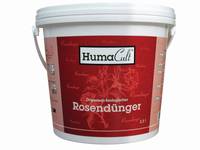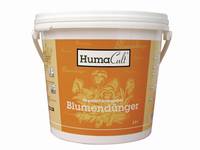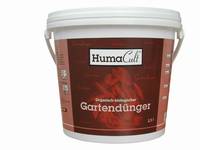Sewage sludge and digestate recycling
Thermomechanical treatment plant for organic biological wastewater (TMA)
Sewage sludge and fermentation residues are produced in municipal sewage treatment plants and biogas plants. Depending on the pre-treatment, these sludges contain at least 70% water as well as heavy metals, germs, bacteria and fungi. Sewage sludge also contains contaminants such as pharmaceutical residues and microplastics.
The Envitec conversion system removes all loads and produces an approved fully biological NPK fertiliser with an excellent fertilising effect.
The partially pre-treated, crumbly wet sludge is fed into the plant's feed hopper. In this system, the sludge is accelerated to a high speed by means of air flow. By deliberately changing the air flow into a swirl, the particles collide with each other
The acceleration energy is converted into heat and has the following effects:
- The particles become powder and thus obtain a large surface area.
- The particles are heated to approx. 270-300°C.
- This temperature causes the adhering water to evaporate and the steam is removed via an exhaust air scrubber if required. Germs, fungi and bacteria in the solids are killed by the temperature
Other impurities are removed via various filter systems, the product is removed from the exhaust air stream and discharged from the plant via screw conveyors.
Mechanical waste separation
Our processing technology
The separation of recyclable materials from a waste can be quite complex and expensive. The Envitec system separates waste materials in a purely mechanical, continuous and cost-effective process.
In the first process stage, waste particles are mechanically shredded. The second stage directly separates the homogeneous particles according to their specific weight. The process produces products that are ideal raw materials after separation.
Examples of this processing technology include:
- Cable scrap
- Printed circuit boards
- Composite packaging (plastic/metal)
Fertiliser
HumaCult Organic Fertiliser
Fully biological depot all-purpose fertiliser
The bio-fertiliser was tested by the Federal Research Centre for Agriculture Braunschweig-Völkenrode (FAL) in a large-scale trial and produced extraordinarily good results. The regional council has classified the fertiliser as NPK fertiliser (N-nitrogen, P-phosphate, K-potassium). The fertiliser is sold here under the brand name "Organo Top" in agriculture or under the brand name "HumaCult" for the garden sector.



- HumaCult fertiliser is the very finest dust that binds to the soil by attraction (adhesion) and does not sink. In this way, a nutrient depot is formed that is available to the plant in the long term.
- Due to its fine structure, HumaCult fertiliser causes an easy digestion by the root acid of the plant. Through a capillary and/or osmosis process, the plant gets the nutrients in the required amount.
- HumaCult has a positive charge due to the manufacturing process. The earth, however, almost always has a negative charge. Due to this polarity, the HumaCult particles stick to the soil and do not get into the groundwater.
- HumaCult remains in place until it is fully utilised by the plant and does not run off like fertilisers containing mineral salts. Therefore, one fertilisation per year is sufficient.
- HumaCult contains all nutrients in a balanced ratio. This results in even and healthy growth. The plant only absorbs as many nutrients as necessary.
- HumaCult prevents cauterisation of the fine root, which is caused by an excess of mineral salts.
- HumaCult reactivates the microorganisms in the soil through its high organic matter content, thus counteracting soil fatigue.

